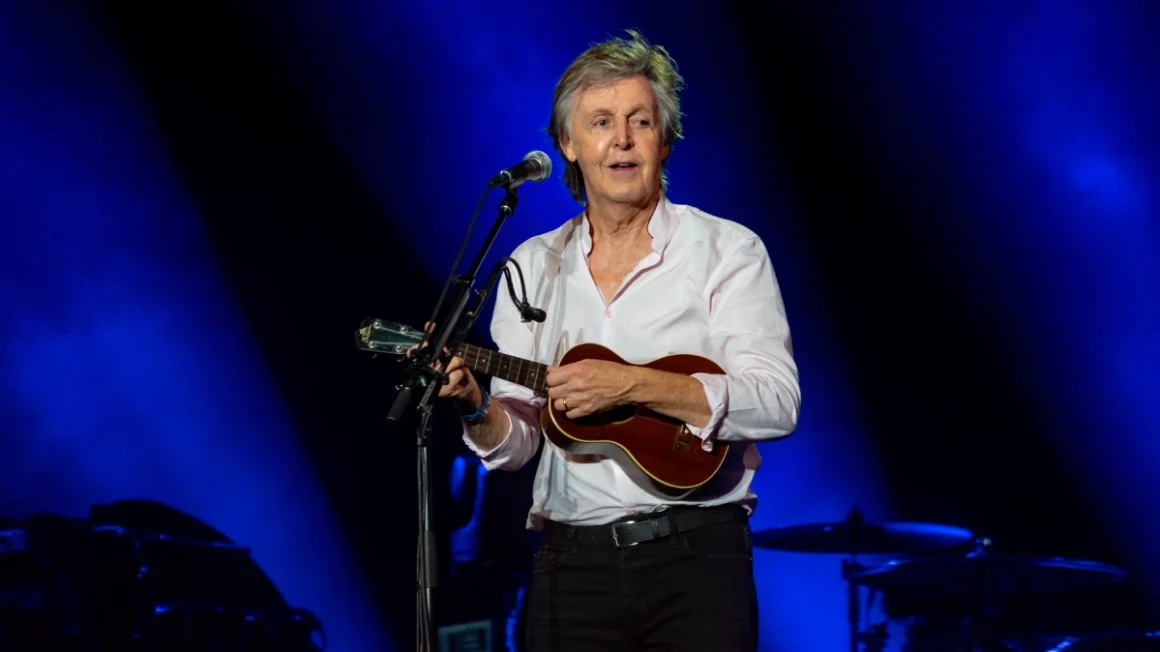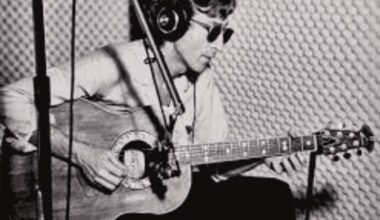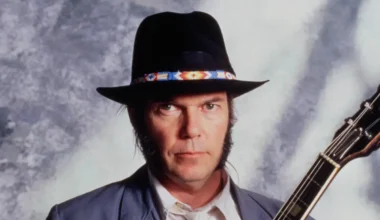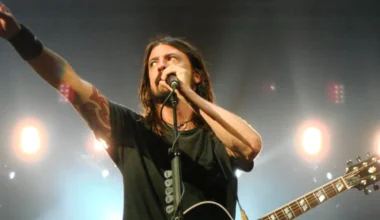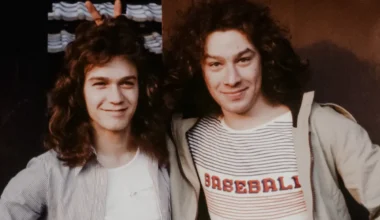By mid-1979, Paul McCartney was itching for creative exploration. Though still committed to Wings, he found himself unable to ignore a desire for solo experimentation. However, his plans took a sudden detour when he faced a nine-day jail stint in Tokyo after customs discovered 219 grams of marijuana in his luggage. Upon his release, McCartney channeled his restless energy into finishing a series of tracks he had shelved, ultimately crafting the experimental and genre-defying album McCartney II.
The album marked McCartney’s departure from traditional rock, blending lo-fi charm with emerging new wave and synth-pop influences. Recorded in his home studio during the summer of 1979, McCartney II highlighted the freedom that came with solo work. Free from the constraints of band collaboration, McCartney embraced spontaneity, layering acoustic elements with cutting-edge technology. The result was a collection of tracks that resisted categorization, oscillating between eccentricity and sophistication.
Tracks like Temporary Secretary and Darkroom epitomize McCartney’s experimental ethos. These songs reflect a playful yet daring approach, where unconventional structures became a playground for his boundless creativity. McCartney’s willingness to embrace risk paid off, as the album showcased his versatility and relentless pursuit of innovation.
One of the album’s standout oddities, Darkroom, almost didn’t make the cut. Initially considered too lengthy and abstract, McCartney had recorded over 20 tracks for McCartney II and faced the challenge of narrowing them down. Originally intended as a double album, the project was trimmed to a single LP, and Darkroom was nearly abandoned.
McCartney explained, “Originally, ‘Darkroom’ wasn’t going to be on this album because we had to knock off about eight or nine tracks.
The original version is a very long track with all sorts of crazy noises. But I edited it down because I liked it, and now it’s on the album.”
Darkroom embodies the spirit of McCartney II. Both eerie and charming, the track captures a side of McCartney rarely seen before. Its experimental nature sits at the heart of the album’s identity, symbolizing a time when McCartney’s creativity felt limitless. By leaning into uncharted territory, he created a record that remains a testament to his fearless artistry and commitment to pushing boundaries.

